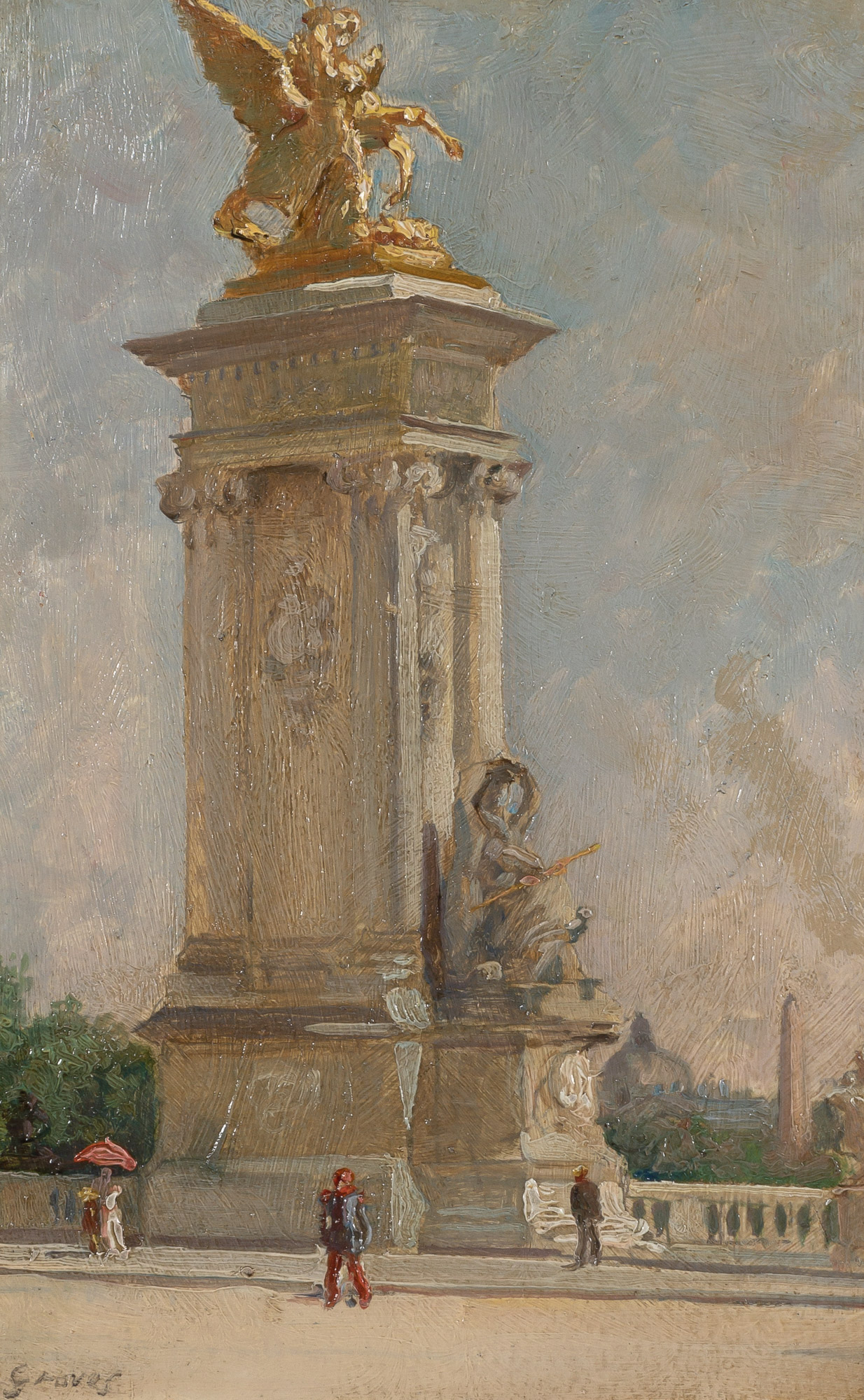
Abbott Fuller Graves
American, 1859-1936
Abbott Fuller Graves was an American painter and teacher celebrated for his garden scenes and floral still-lifes, combining decorative charm with Impressionist light and color. Born in Weymouth, Massachusetts, Graves initially pursued architectural studies at MIT, but in 1884 traveled to Europe to refine his skills as a flower painter. While abroad he shared a studio with Edmund C. Tarbell, studied at the Académie Julian under Fernand Cormon, Jean-Paul Laurens, and Paul Gervais, absorbing French and Italian influence.
Upon returning to Boston, Graves taught at the Cowles Art School alongside Childe Hassam, opened his own art school in 1891, and produced genre scenes of coastal life that were widely reproduced in calendars and postcards. In his later years he returned to painting gardens, often with female figures, while spending winters in New York and participating actively in societies such as the National Academy of Design.
Graves’s artistic legacy is embodied in both his richly textured depictions of nature and his influence on American decorative landscape painting. His 1905 house in Kennebunkport, designed in a Prairie-style motif of his own devising, remains as one of the lasting few examples of that architecture in Maine. His paintings are preserved today in many public and private collections across the United States, where they continue to evoke the play of light, color, and serenity in cultivated nature.



